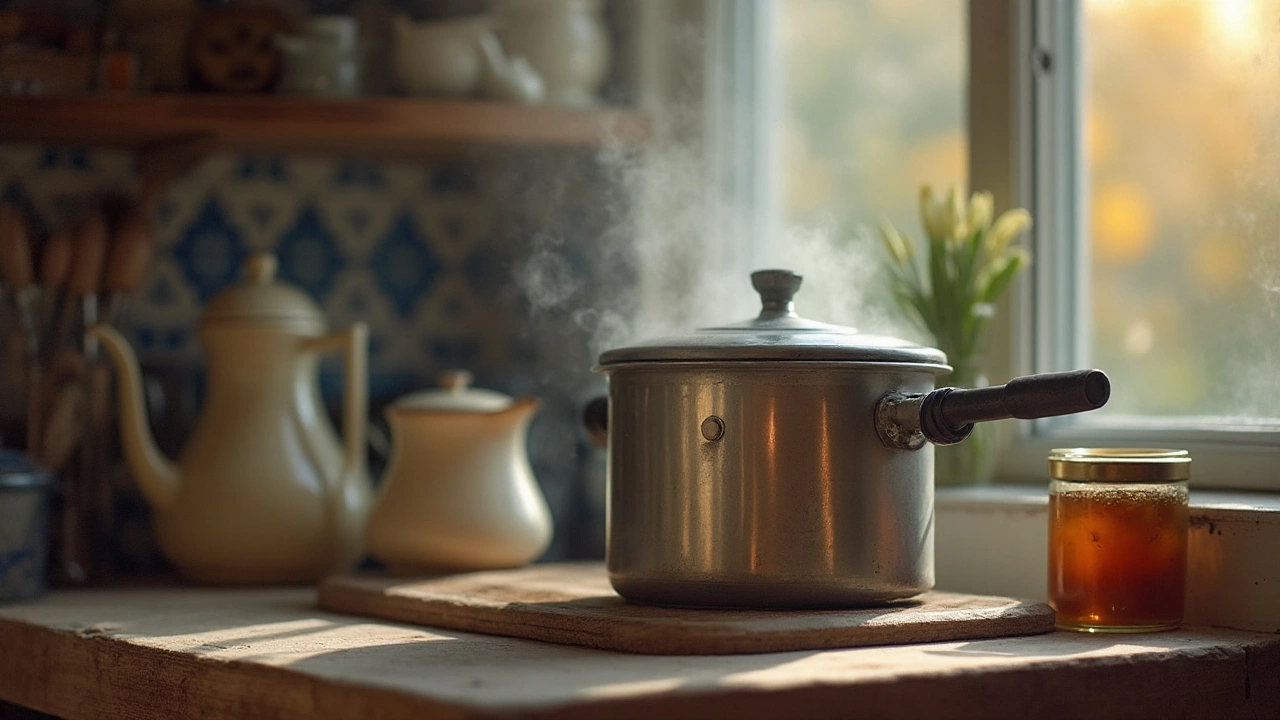Pressure Cooker Repair: Quick Fixes and Pro Advice
If your pressure cooker won’t build pressure, leaks steam, or makes weird noises, you’re probably frustrated. The good news is many issues are easy to spot and fix yourself. Below you’ll find the most common problems, step‑by‑step fixes, and clear signs that it’s time to call a qualified technician.
Common Issues and Easy Fixes
1. Not reaching pressure. First, check the seal. The rubber gasket can harden, crack, or get food stuck in it. Remove the gasket, clean it with warm, soapy water, and wipe it dry. If it looks damaged, replace it – they’re cheap and fit most models.
2. Steam escaping from the valve. The vent pipe can get blocked by food particles. Unscrew the valve (consult the manual for your model) and clear any debris. Rinse it and re‑assemble. A clean valve lets pressure build normally.
3. Weird rattling noises. That usually means the safety valve is stuck or the lid isn’t sealed properly. Make sure the lid is twisted on fully and that the safety valve moves freely. If it’s stuck, a gentle tap with a wooden spoon can free it.
4. Burning smells or burnt food. This often happens when the cooking oil splatters onto the heating element. Turn the cooker off, let it cool, then wipe the base with a damp cloth. Avoid using abrasive cleaners – they can damage the finish.
5. Lid won’t open after cooking. Wait for the pressure to release naturally or use the quick‑release button if your model has one. Trying to force the lid open can damage the locking mechanism.
For each of these fixes, always unplug the cooker before you start. Safety first prevents accidental shocks or burns.
When to Call an Expert
Even with simple fixes, some problems need a professional. If you notice any of the following, stop DIY attempts and book a service:
- Rust or corrosion on the body or valve – it can weaken the structure.
- Repeated loss of pressure after you’ve replaced the gasket.
- Cracks in the lid, handle, or the pressure regulator.
- Electrical issues – like the cooker not turning on or flickering lights.
- Unusual odors that persist after cleaning, which could indicate a deeper mechanical fault.
A qualified appliance repair tech will have the right tools to test the pressure sensor, replace internal seals, and ensure the cooker meets safety standards. Most local services, including South Shields Appliance Repair, can give you a same‑day quote and get the job done without a long wait.
In short, start with the gasket, valve, and lid – those are the easiest parts to check. If the problem sticks around, don’t gamble with a faulty pressure cooker. A quick call to a trusted repair service saves time, keeps your kitchen safe, and gets you back to making soups, stews, and quick meals in no time.
